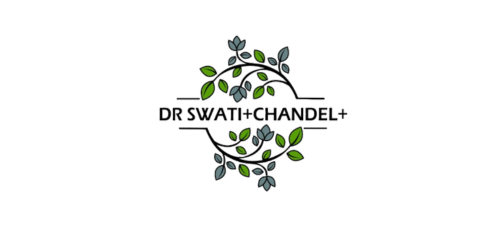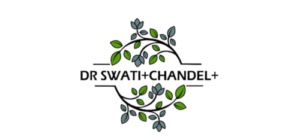We often think of bones as unchanging — solid structures that quietly support us. In reality, bones are living tissue, constantly breaking down and rebuilding. As we age, that balance can shift. When breakdown outpaces rebuilding, bones lose strength and density. That’s osteoporosis, often called the silent bone thief.
It doesn’t announce itself with pain or symptoms until a fracture happens. But the good news is: osteoporosis is not the end of strong bones. With the right steps, you can slow it down, protect your skeleton, and stay active.
Food: The Foundation of Bone Health
-
Calcium is essential. Dairy, ragi, leafy greens, almonds, and sesame seeds are simple, everyday sources.
-
Vitamin D is the gatekeeper. Without it, calcium isn’t absorbed well. Sunlight exposure helps, but many people still need fortified foods or supplements.
-
Protein builds structure. Think lentils, beans, eggs, fish, or lean meats. Bones are half protein by volume — don’t forget this part.
-
Avoid the quiet culprits. Too much caffeine, cola, or alcohol speeds up calcium loss.
Movement: Bones Love a Challenge
Bones get stronger when you use them. The more you challenge them, the more they adapt.
-
Walking, brisk stair climbing, or light jogging load the bones in healthy ways.
-
Strength training — even with small weights or resistance bands — signals bones to hold on to density.
-
Balance and flexibility practices such as yoga or Tai Chi are not just “gentle” workouts. They reduce falls, which means fewer fractures.
Medical Back-Up When Needed
For some, nutrition and exercise are not enough. That’s where medical care steps in.
-
Supplements of calcium and vitamin D are often prescribed.
-
Medications such as bisphosphonates, denosumab, or hormone therapy may be advised for higher-risk patients.
-
DEXA scans measure bone density and track whether treatment is working.
Everyday Precautions That Matter
-
Make your home fall-proof: remove loose rugs, fix dim lighting.
-
Wear shoes that support rather than slip.
-
Keep posture in check. Even simple slouching increases the risk of spinal compression fractures.
The Takeaway
Osteoporosis is not a reason to stop living fully. It’s a reminder that bones, like muscles and skin, need care. With mindful eating, regular movement, medical support when required, and a safe environment, you can protect your bones for decades to come.
Strong bones aren’t just about avoiding fractures — they are the foundation of independence, mobility, and confidence.



